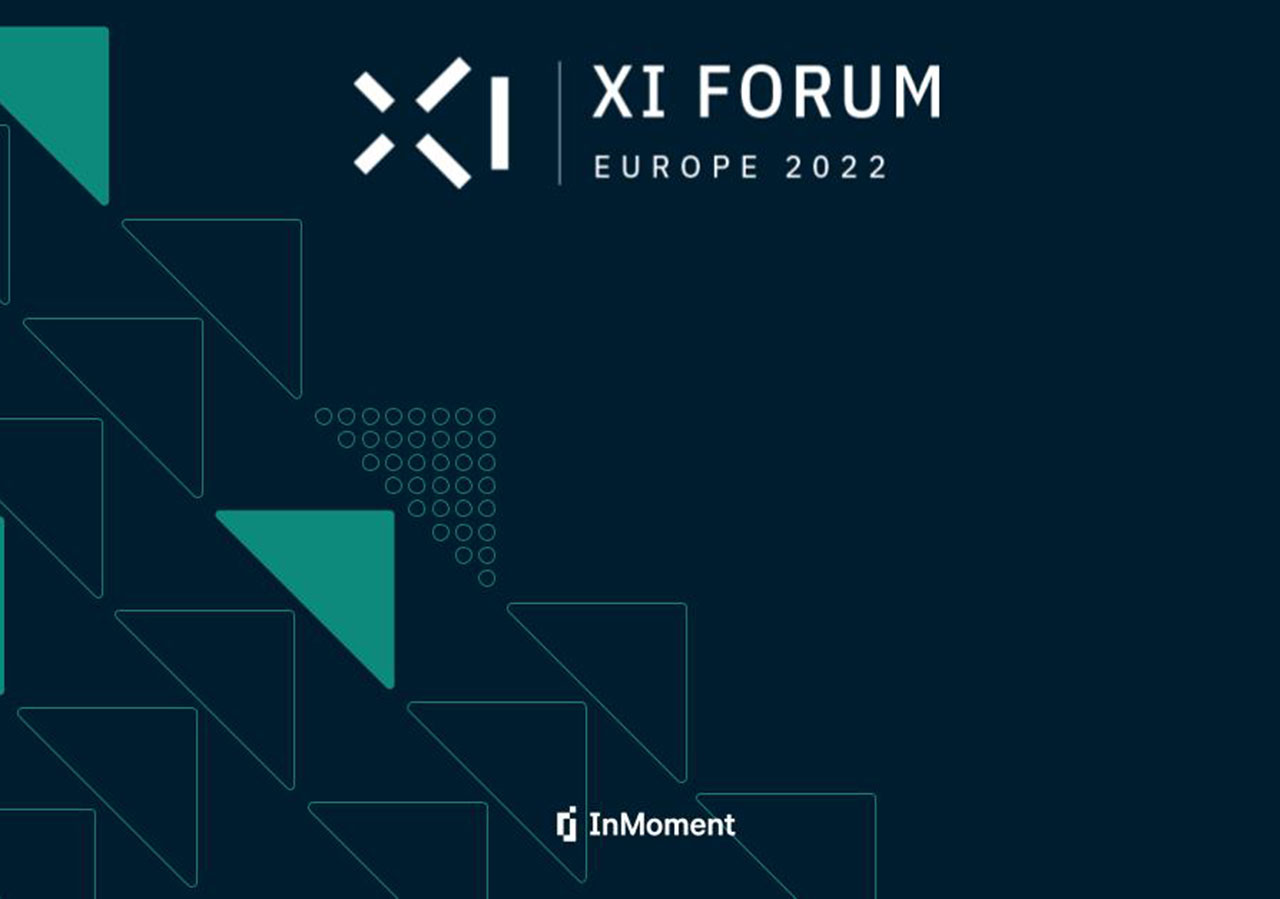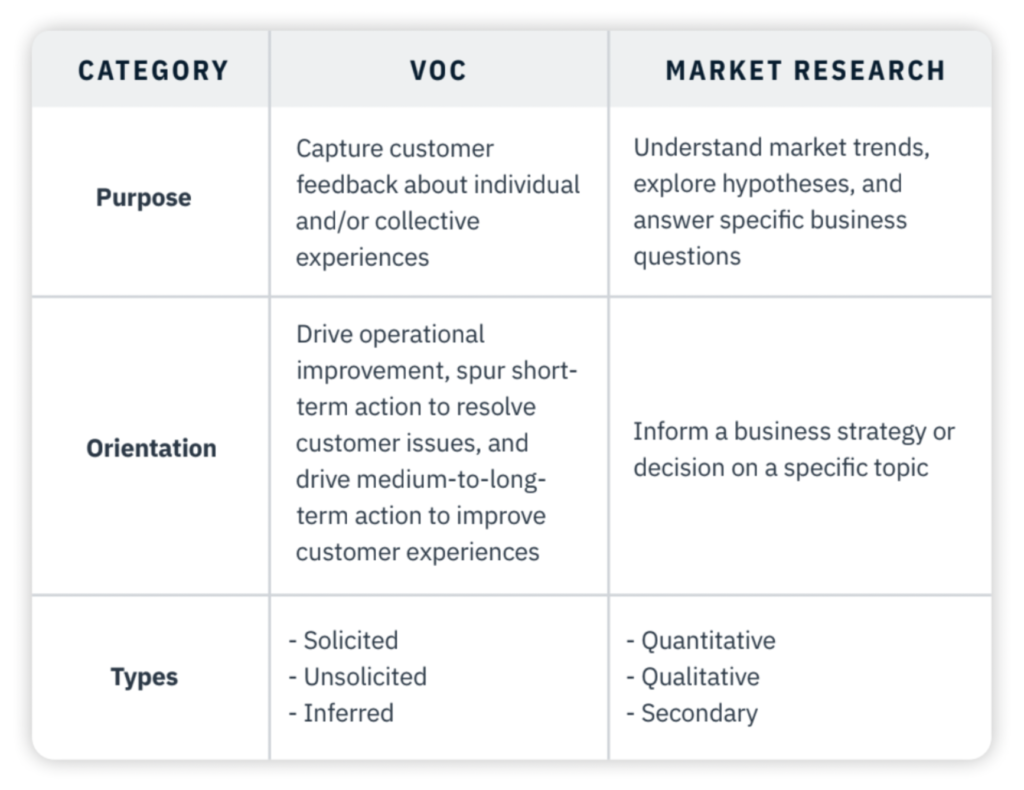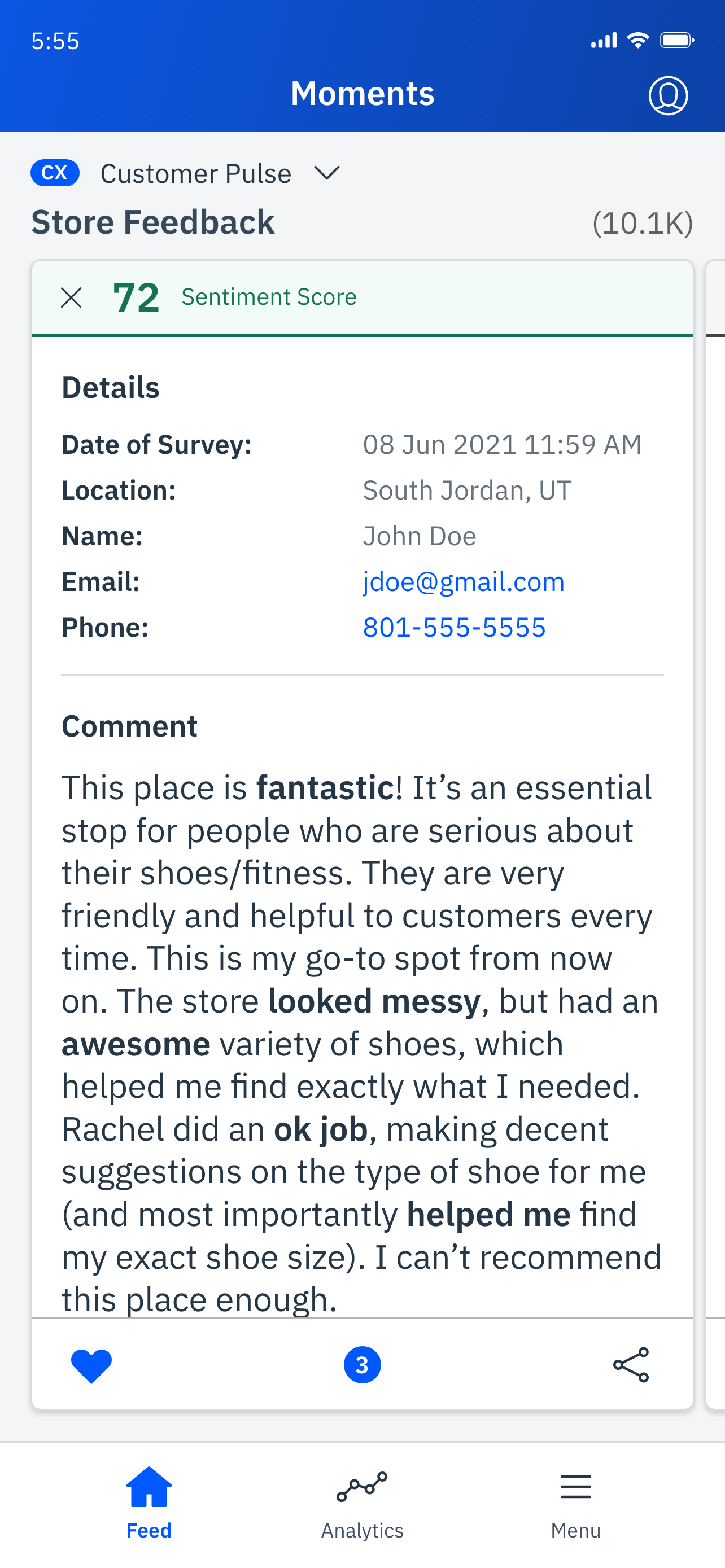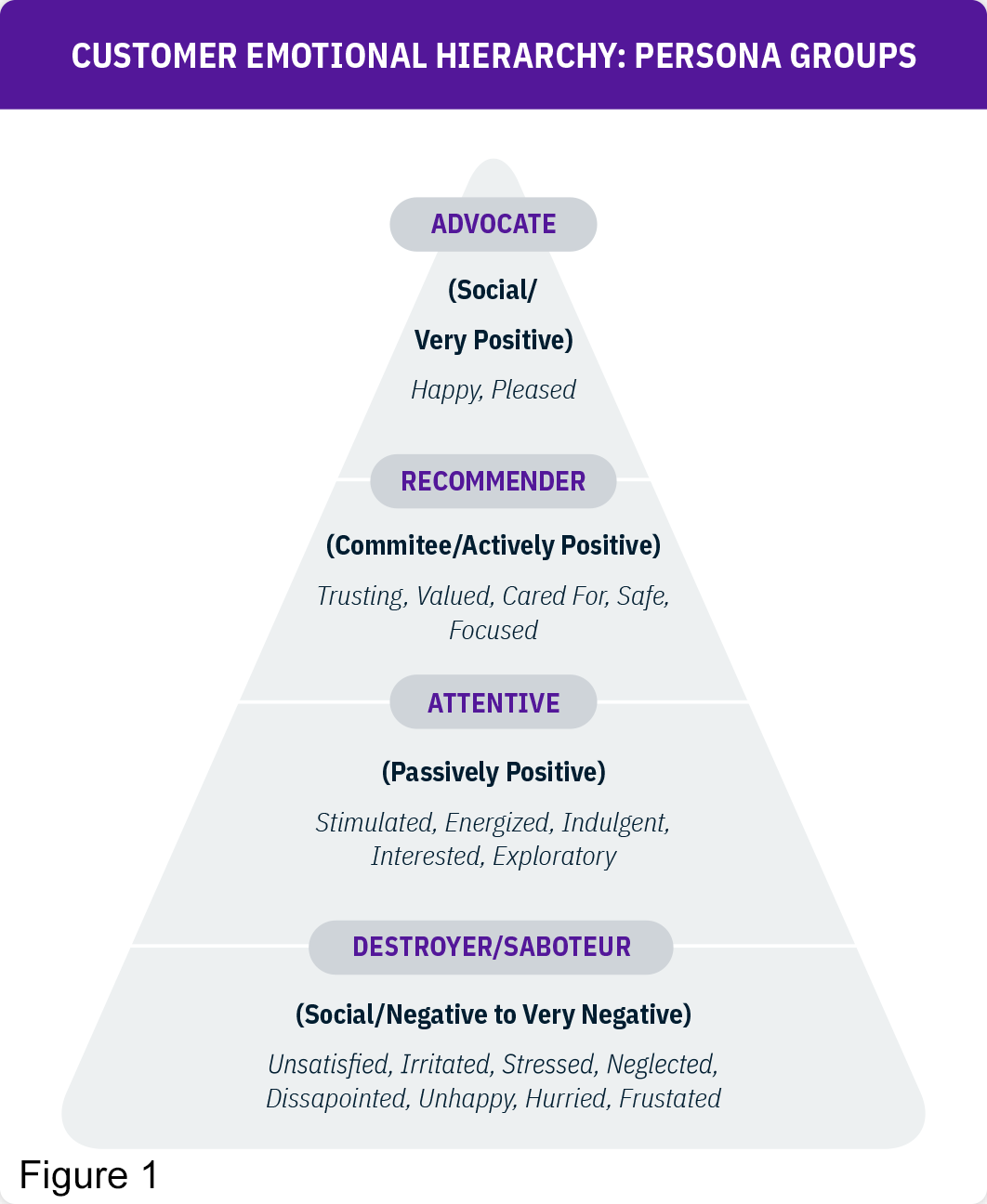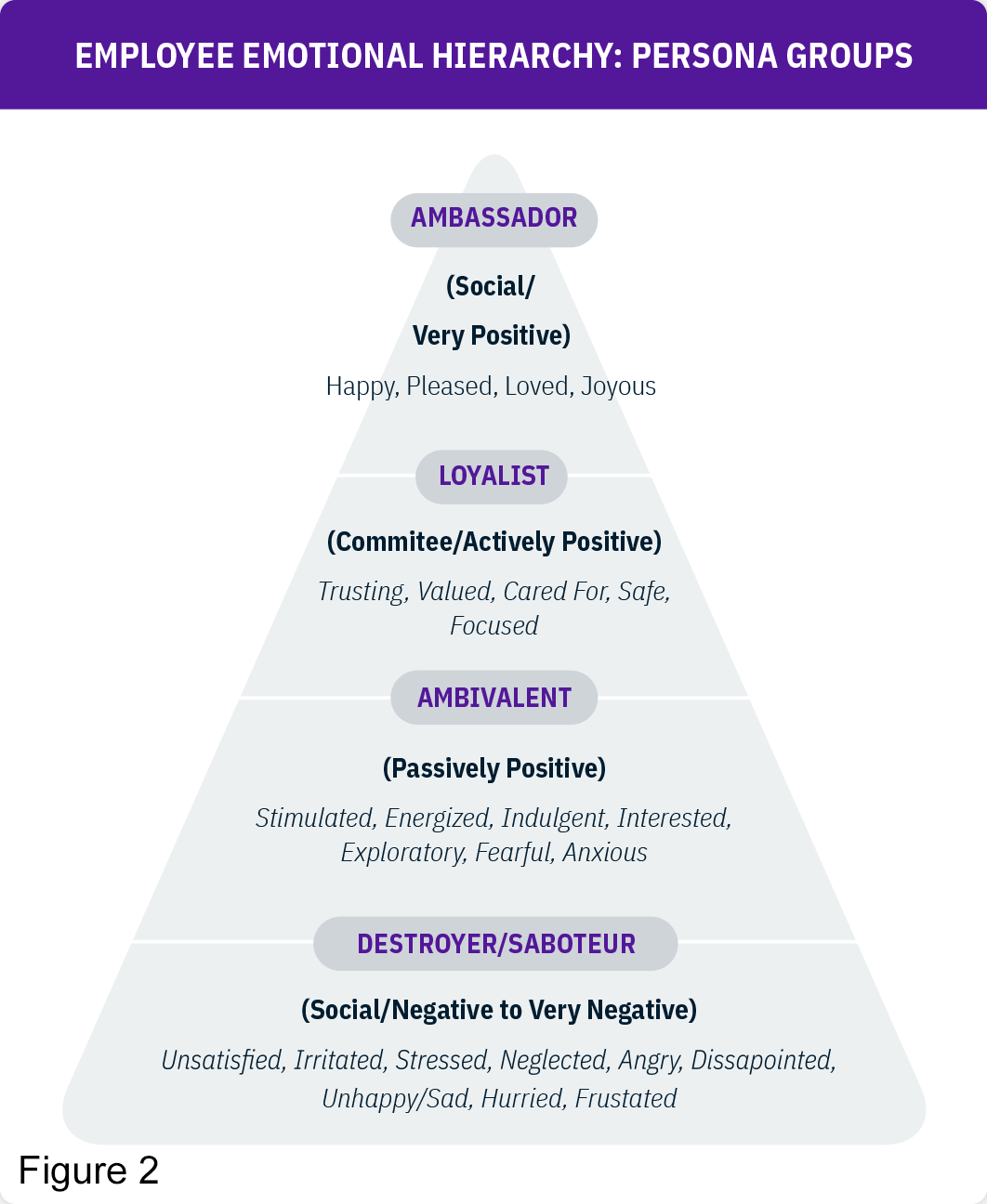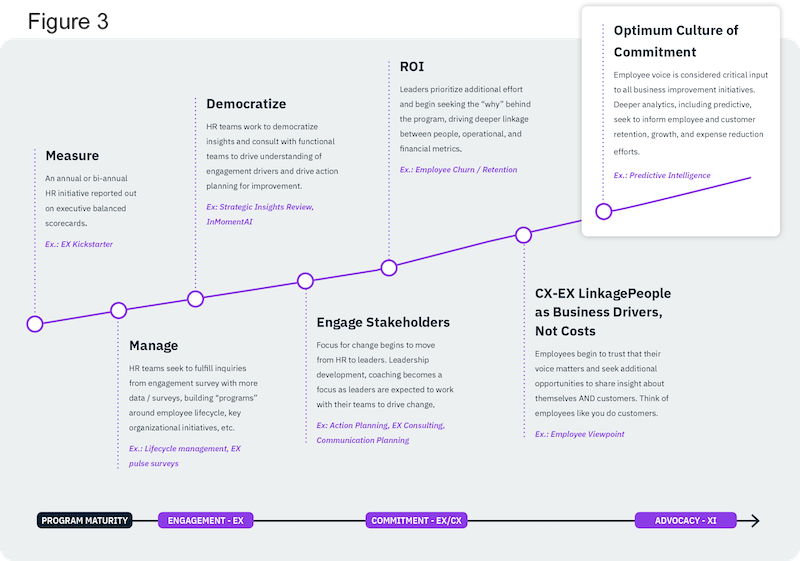It is no secret that today’s retailers are faced with unique challenges. The rapidly-changing, ever-evolving retail landscape continues to present questions, roadblocks, and pain points that retailers need to address. These tribulations can take many forms; defining customer loyalty in emerging consumers, creating seamless retail experiences across channels, tracking a customer base that seems to be in multiple places at once, and keeping up with a digital landscape that changes as frequently as the Cleveland Browns change quarterbacks.
In such a fast-paced environment, how are retail brands expected to succeed? The keys lie in your customer data—and how you leverage it.
3 Necessities for Stand-Out, Seamless Customer Experiences in Retail
- Integrate Data From Everywhere Into Your CX Platform
- Increase Experience Awareness
- Encourage a Culture of Commitment
#1: Integrate Data From Everywhere Into Your CX Platform
One of the most important keys to deliver seamless customer experiences is to have seamless data integration from everywhere into your CX platform. In order to form a holistic view of your customer’s experience, you need to be able to analyze every data point you can.
Your customer’s data comes in many different forms (you can learn more about customer data in this article from InMoment Customer Insights Expert Jessica Petrie). Whether it be surveys, review sites, or social media. If you only look at one or two of those data sources, your view of the customer is incomplete, and it may cause you to make decisions for a customer base that you don’t fully understand.
To continue to provide stand-out experiences, you need to view the customer experience from every angle, and across every channel. This is done by making sure your CX platform is capable of ingesting all of your data and displaying it in an easily accessible, centralized location so that you can access holistic customer insights whenever you need.
#2: Increase Experience Awareness
Across the hundreds of brands and partners we’ve worked with here at InMoment, we have learned what works, formed a cohesive and proven approach, and can now guide our clients toward a successful CX governance strategy. This strategy will look different depending on the size and structure of your organization.
Regardless of what you call it or where it lives, you need to have a plan for how you will make your CX program an organization-wide, customer-centric initiative—and keep it that way. It has to be more than just saying you are customer-centric, or having the word “customer” in your mission statement.
Every department should have a window into the insights you gain from your CX program—and be able to leverage them in their decision making. The information you receive from customers needs to be shared with all other departments and teams, not siloed in different departments, otherwise, you could be sitting on insights that could make a huge difference in your bottomline. When you break down those silos and create channels of communication across departments, your business will see more success in the areas that matter most!
The first step to creating that kind of organizational support and buy-in for your CX program is to create a cross-functional council. This council, made up of representatives from every part of the organization, should be chaired by the CEO or a high-level CX champion.
This council should aim to manage the activities of the tactical working teams that are striving to improve the customer experience as well as communicate expectations throughout the company and particularly to the customer-facing associates.
For example, many large organizations have a Chief Customer Officer, an executive professional in charge of the company’s relationship with the customer, who reports to the CEO.
Truly best in class CX companies will often have what we call CX Champions, Ambassadors or Champions scattered throughout the company that are championing or spearheading efforts within each of the silos we discussed.
#3: Encourage a Culture of Commitment
A “Culture of Commitment” is the ultimate goal of any customer experience program. In a company with a true Culture of Commitment, every single employee is invested in making experiences better for customers. Whether it be in store, over the phone, or online, these employees are the face of your CX program, and they understand the impact they are making on customer experiences every day.
When your employees are engaged in the experience, your organization will benefit. Did you know that 70% of the time, a person will become a repeat customer when their complaint is resolved? And that engaged employees can increase an organization’s sales by up to 20%?
By having engaged, customer-centric employees, you will see an increase in the frontline metrics that matter to your organization. Frontline employees are the biggest customer facing assets your organization has. While executive sponsorship is important, your CX program needs buy-in from everyone in the organization in order to be successful.
How a Global Footwear Retailer & InMoment Client Started with Customer Data, Fostered CX Governance, and Inspired a Culture of Customer Commitment
One of our clients, a global footwear retailer, leveraged all three of these strategies to move toward a fully customer-centric approach to business.
It started a few years ago, when an operations team leader, who was passionate about his team being customer-centric, started using customer data points as supporting points in conversations with his team.
These conversations would look like “Did you know that when our associates offer additional merchandise at the point of purchase, there is a 17% average transaction size uplift.” or “Did you know when our associates are successful helping a customer try on a shoe, they are 3x more likely to make a purchase.”
This CX champion was able to leverage these customer insights to socialize this information, and make other departments and employees aware of how they could improve the customer experience. Through these actions, a small cross-functional CX governance committee was formed.
This team was able to get the attention of the executives with their data-driven decision making and were therefore able to help the c-suite realize that factors such as employee behavior, customer behavior, and customer insights are all important factors that drive sales and increase the bottom line.
After the C-suite executives realized the importance of a CX program, they invested more into it. The CX program adapted and started to utilize an integrated approach to customer experience, where they combined insights from different areas of the organization. And with that approach, they are set to set off the same cycle of success over and over again!
So What?
Based on our expertise and the lessons we have learned from all the CX programs we have helped grow, we have formulated a list of next steps that will help you make progress towards integrated CX!
Step #1: Go Beyond Surveys
Integrated CX isn’t just about surveys. Find other signals in your organization, and integrate them into your program.
Step #2: Understand Emerging Customers
Continue to understand your customers. But, you also need to listen to the non-purchaser. Having a deep understanding of your future or potential customers will help you make business decisions.
Step #3: Get Ahead, Stay Ahead
Having a plan in place is key to your CX success. At InMoment, we often talk about designing with the end in mind. Knowing where you want your CX program to go and what you want to accomplish is key for starting out in a CX program.
Step #4: Action, Action, Action
Go to work. Identify the initiatives that will have an economic impact. All action taken should be tied back to a specific outcome.
If you want to learn more about leveraging customer data to craft seamless, differentiated experiences in store & online, watch the full webinar here!


